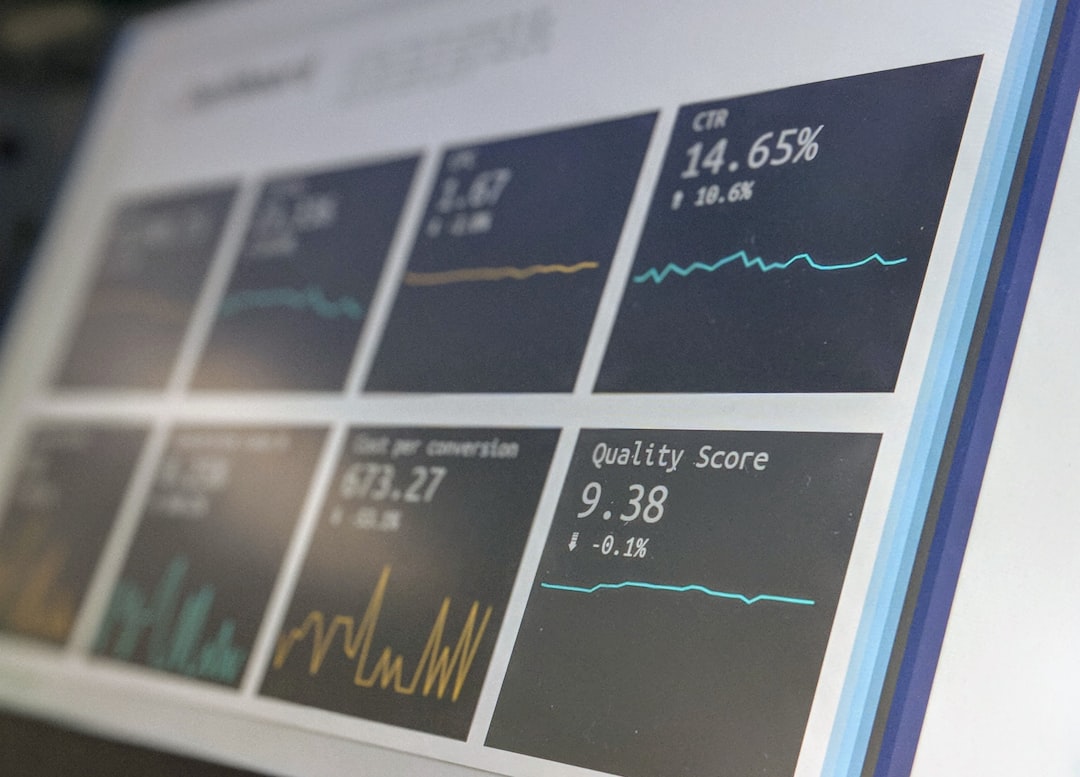
Optimizing Data Pipelines with Asynchronous Endpoint Handling for Efficient Ingestion Environments
In today’s data-driven landscape, organizations are continuously seeking ways to optimize their data pipelines. One of the most promising approaches is the implementation of asynchronous endpoint handling. This method not only enhances the efficiency of data ingestion but also ensures that systems can manage large volumes of data with reduced latency. This article explores the significance of asynchronous endpoint handling in optimizing data pipelines and provides insights into practical implementations.
Understanding Asynchronous Endpoint Handling
Asynchronous endpoint handling allows systems to process requests without blocking the execution of other tasks. In traditional synchronous models, a request must be completed before the system can move on to the next one. This can lead to bottlenecks, especially in environments where data ingestion occurs at high speeds. By adopting an asynchronous approach, systems can handle multiple requests simultaneously, improving overall throughput and responsiveness.
Key Benefits of Asynchronous Endpoint Handling
-
Increased Throughput: By allowing multiple requests to be processed concurrently, organizations can significantly increase the volume of data ingested over a given time frame.
-
Reduced Latency: Asynchronous processing minimizes the waiting time for responses, ensuring that data is available more quickly for analysis and decision-making.
-
Resource Optimization: With non-blocking I/O operations, resources such as CPU and memory are utilized more efficiently, leading to cost savings and better performance.
-
Scalability: Asynchronous systems can easily scale to handle growing data demands, making them ideal for modern, data-intensive applications.
Implementing Asynchronous Endpoint Handling
To effectively implement asynchronous endpoint handling in your data pipelines, consider the following strategies:
1. Use of Asynchronous Frameworks
Frameworks like Node.js, Python’s FastAPI, and Go’s Gin make it easier to develop applications that support asynchronous processing. For instance, using FastAPI, you can define asynchronous endpoints as follows:
from fastapi import FastAPI
app = FastAPI()
@app.get("/data")
async def get_data():
# Simulated async data fetching
data = await fetch_data()
return data2. Message Queues
Integrating message queues (e.g., RabbitMQ, Kafka) can enhance asynchronous processing by decoupling data producers and consumers. This allows for smoother data flow and enables systems to handle spikes in data ingestion without overwhelming the backend.
3. Batch Processing
Implementing batch processing can further optimize the ingestion process. By collecting multiple requests and processing them together, systems can reduce the overhead associated with individual transactions.
Case Study: Asynchronous Processing in Action
A leading e-commerce platform faced challenges with its data ingestion pipelines, which were primarily synchronous. As a result, they experienced delays during peak shopping seasons, impacting user experience and operational efficiency. By transitioning to asynchronous endpoint handling, the platform managed to reduce data ingestion time by 70%, significantly enhancing user experience and enabling real-time analytics.
Emerging Trends in Data Pipelines
As organizations increasingly recognize the value of asynchronous processing, several trends are emerging:
-
Serverless Architectures: The rise of serverless computing enables developers to focus on writing code without worrying about the underlying infrastructure. This model aligns well with asynchronous processing, as it allows for automatic scaling based on workload.
-
Event-Driven Architectures: More applications are using event-driven approaches where data changes trigger actions. This paradigm complements asynchronous handling, leading to responsive systems.
Further Reading and Resources
- FastAPI Documentation
- RabbitMQ: A Beginner’s Guide
- Kafka Documentation
- Understanding Asynchronous Programming in Python
Conclusion
Optimizing data pipelines with asynchronous endpoint handling is an essential strategy for organizations looking to enhance their data ingestion processes. By embracing this approach, businesses can improve throughput, reduce latency, and better manage their resources. As the demand for faster and more efficient data processing continues to grow, integrating asynchronous handling into your data pipelines is not just beneficial—it’s crucial for staying competitive.
For more insights and updates on data pipeline optimization, consider subscribing to our newsletter or sharing this article with your network. Your feedback and experiences with asynchronous endpoint handling are also encouraged—let’s continue the conversation!
Glossary of Terms
- Asynchronous: A method of processing where tasks can run independently without waiting for one another to complete.
- Throughput: The amount of data processed in a given time frame.
- Latency: The delay before a transfer of data begins following an instruction.
By leveraging the techniques and insights discussed in this article, you can significantly enhance your data ingestion capabilities and set your organization up for success in a data-driven world.


